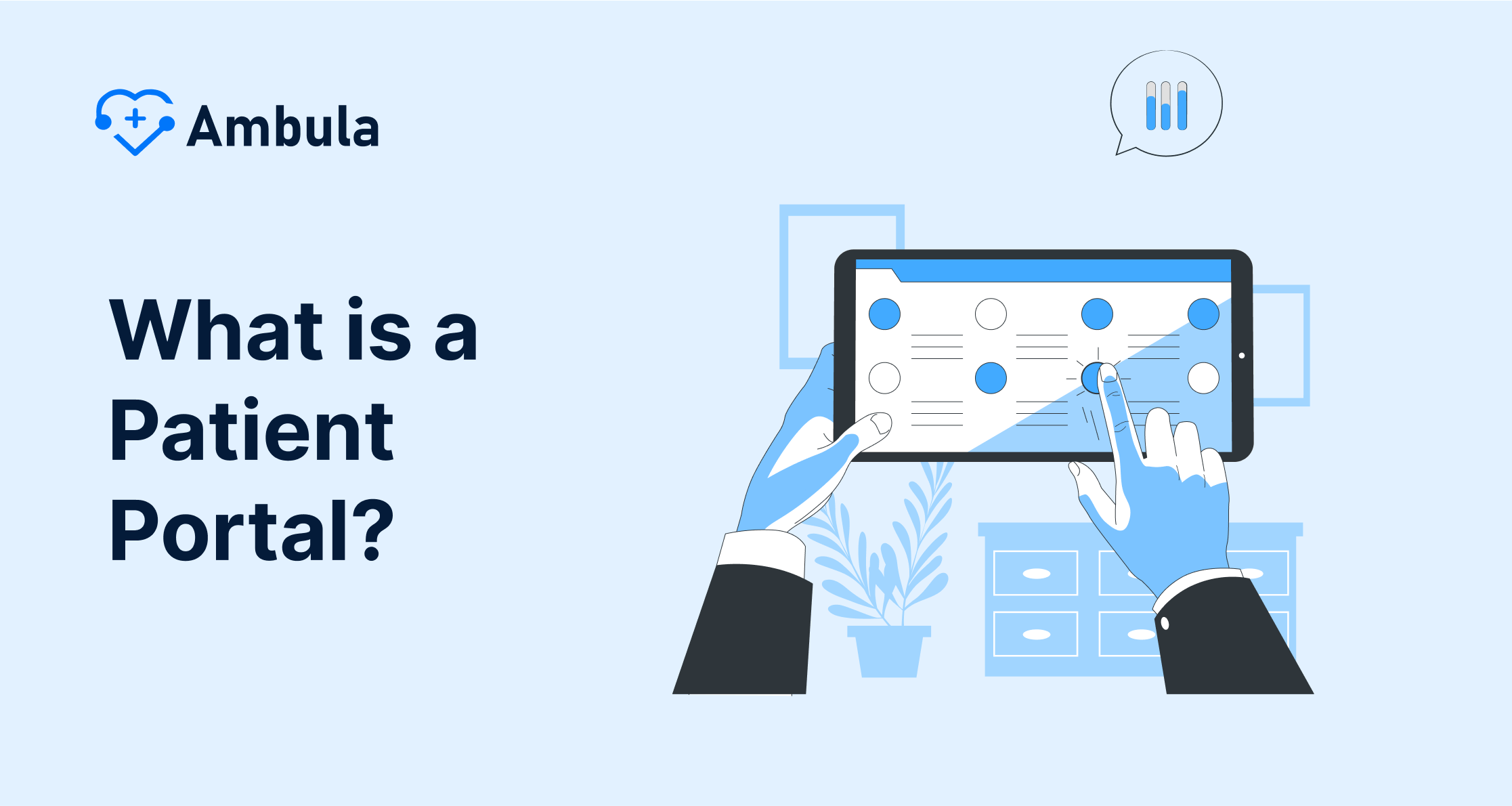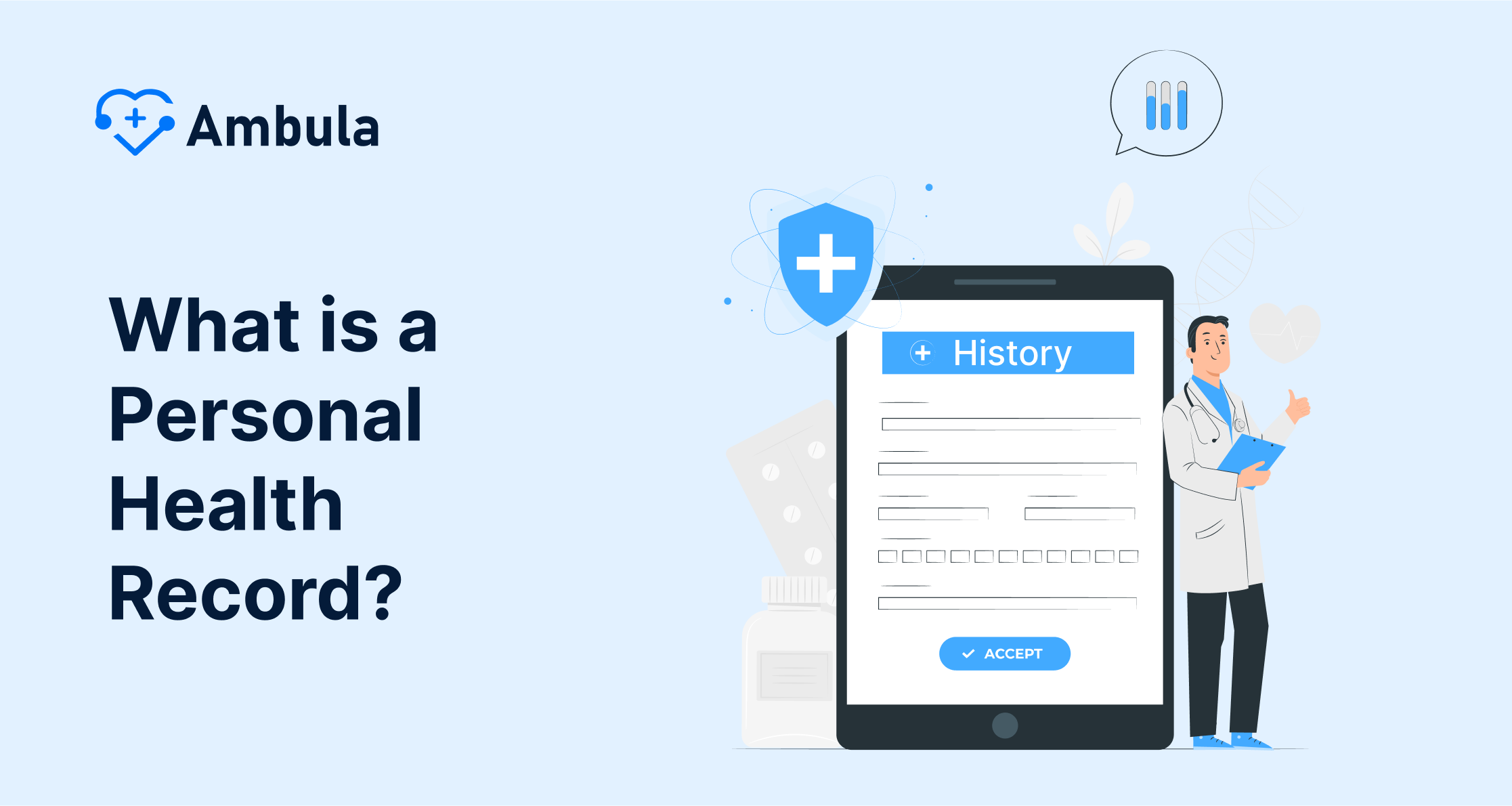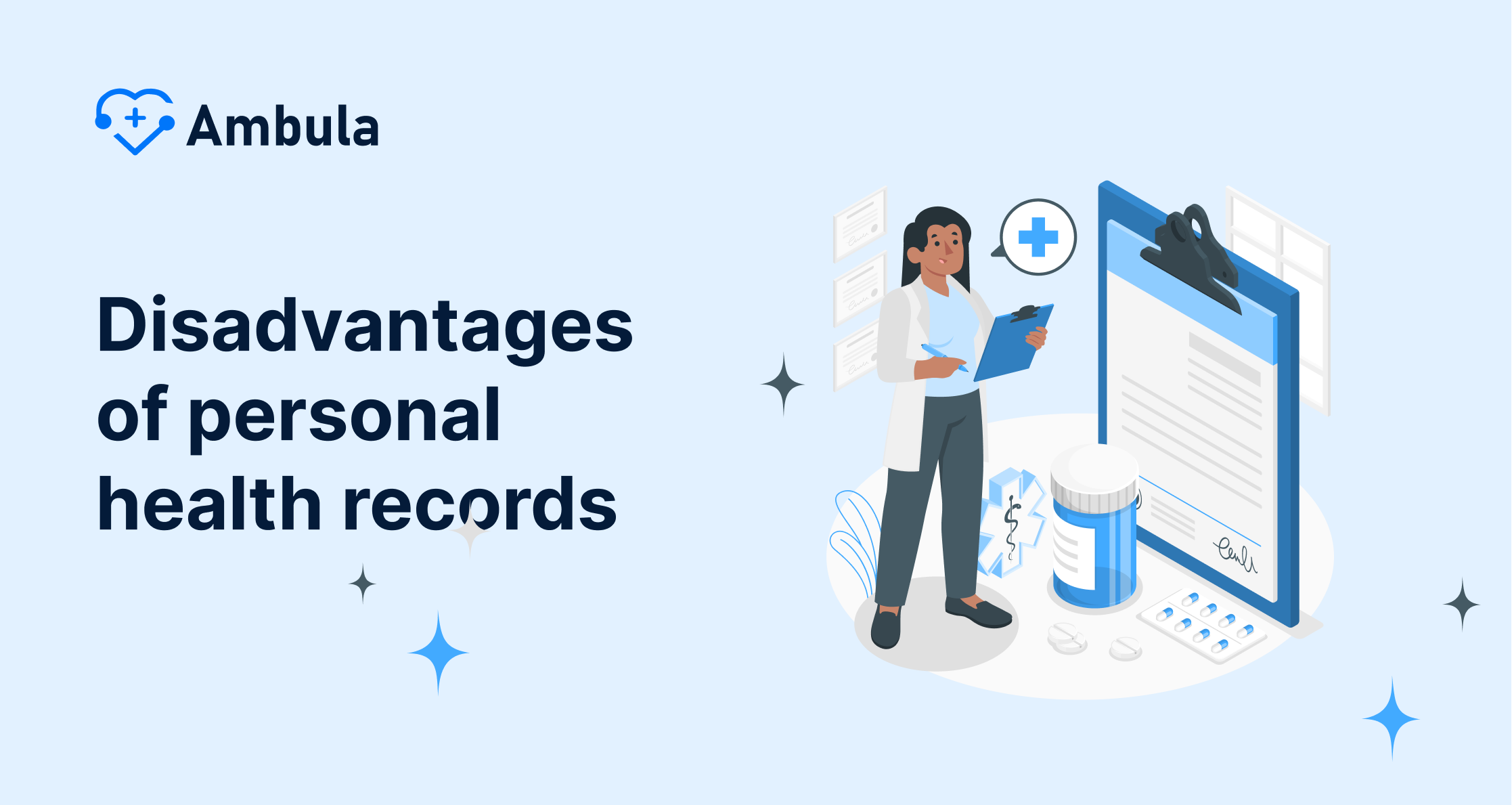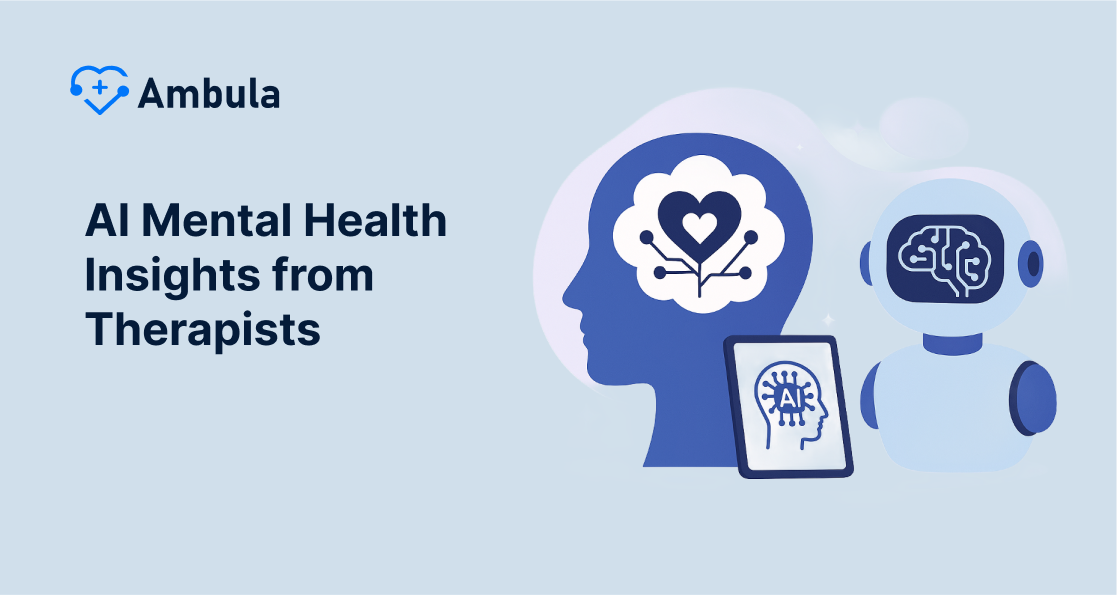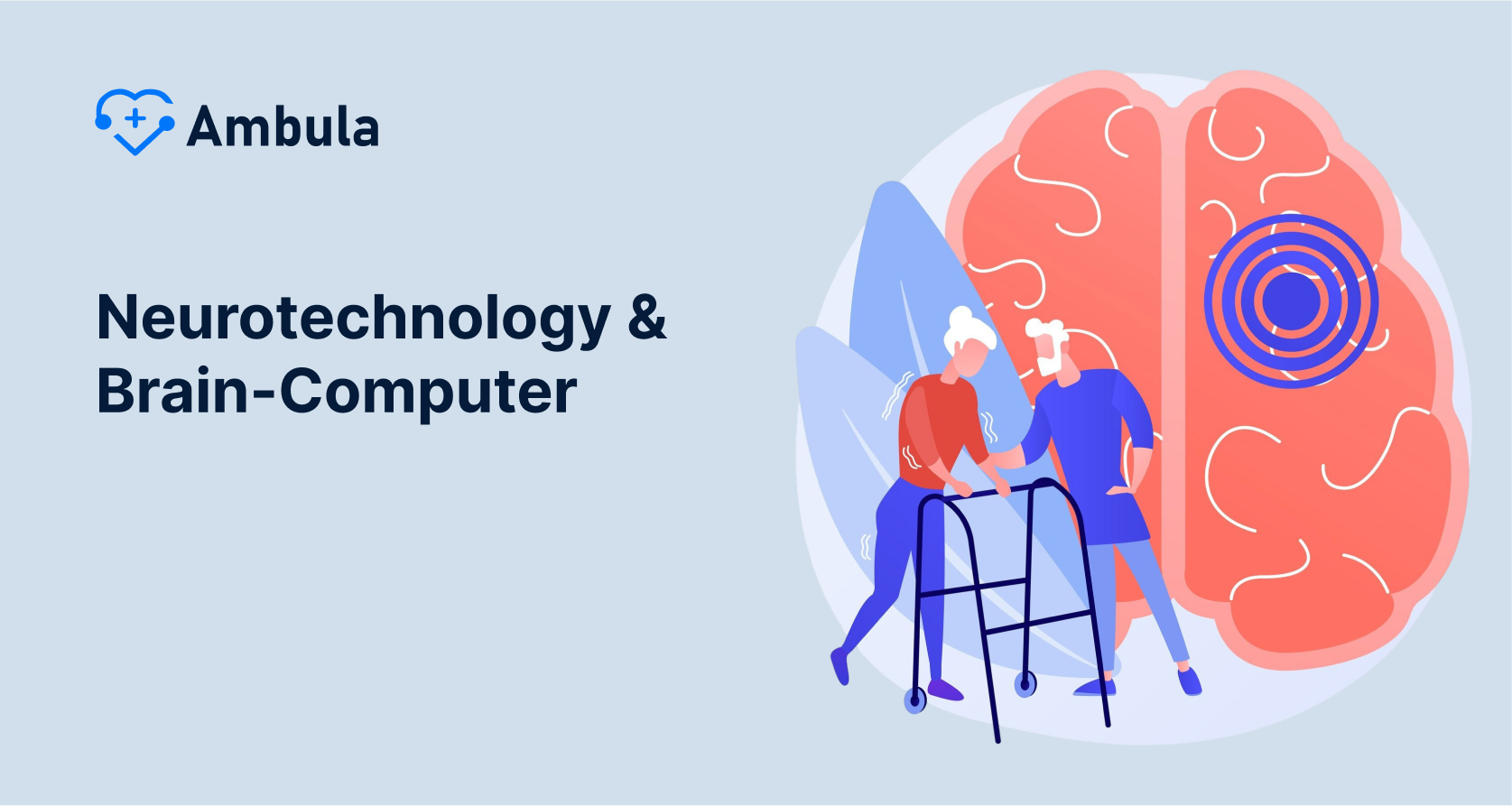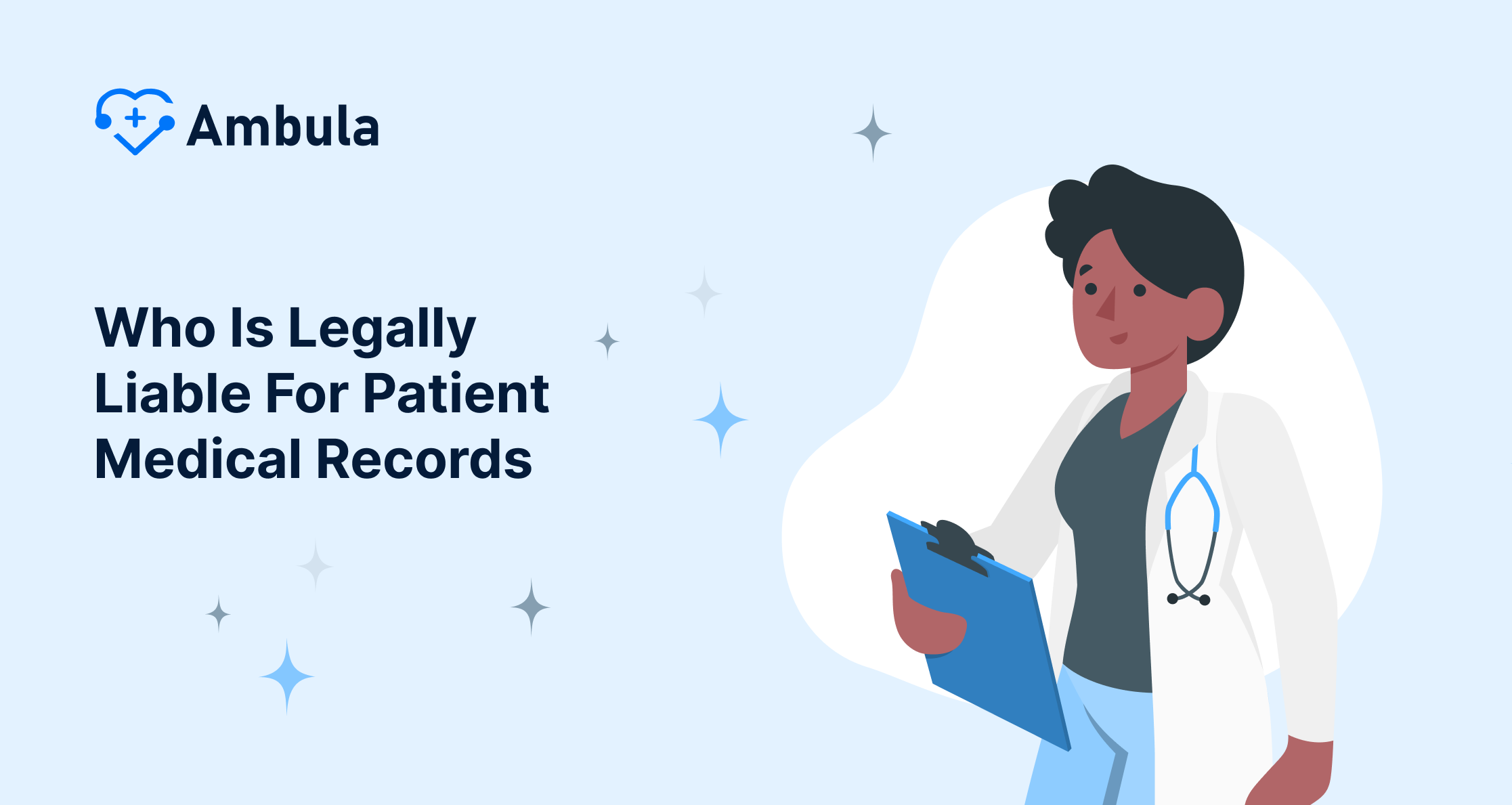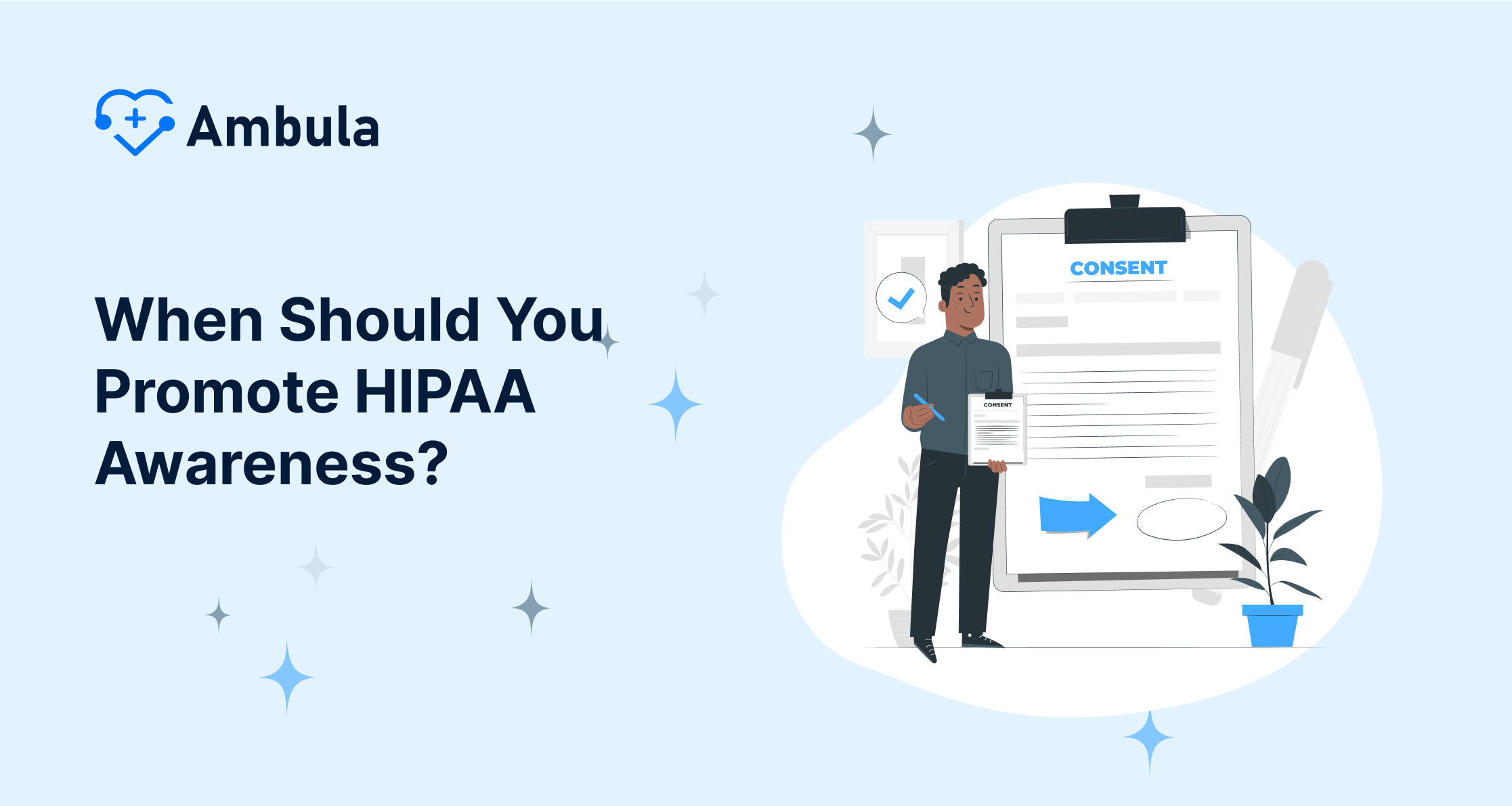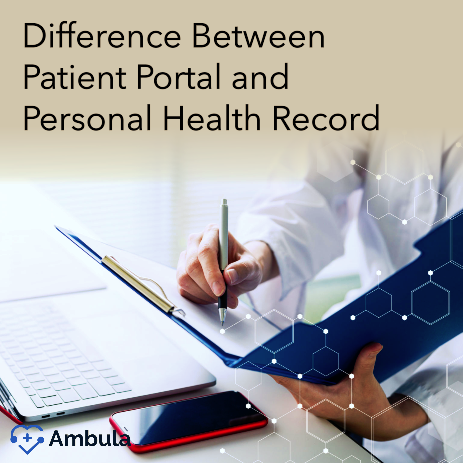
Ever stumbled upon health-related terminologies like ‘patient portal’ or ‘personal health record’ and wondered what these fancy terms mean? Or maybe you’ve heard about them in passing but aren’t sure how they differ or which one might be more useful for your needs. That’s precisely what we’re discussing today, bringing some light to these terms and their purposes in health data management.
In this digital age, accessing personal health information has become easier. While that’s great news for us, the users, it can get a little confusing with all the technology. Today, we focus on distinguishing between two major tools in health data management: patient portals and personal health records.
Both of these resources play crucial roles in our healthcare journey. However, they have distinguishing features that differentiate their use, which we’ll dive into today. So, sit back, relax, grab something to sip on, and let’s start.
What is a Patient Portal?
First things first, let’s talk about the patient portal. In its simplest definition, a patient portal is an online website given and managed by the healthcare provider that gives you convenient 24-hour access to personal health information.
Maybe you’re thinking, “Excellent, so what kind of information does it have?” You can view anything from your recent doctor’s visits and discharge summaries to lab results and even book appointments. It’s a super convenient one-stop shop for accessing your medical care.
These portals are especially effective when integrated with systems tailored for specific fields, such as a mental health EHR, which can provide patients access to therapy notes, care plans, and appointment scheduling tools.
Dr. David Blumenthal, President of the Commonwealth Fund, discusses the impact of patient portals on patient engagement and self-management. He states, “Patient portals play a crucial role in promoting patient engagement and empowering individuals to actively participate in their healthcare. By providing patients with secure access to their health information, including lab results, medication lists, and appointment schedules, patient portals enable patients to make informed decisions about their health and manage their conditions more effectively.”
The Functionality of a Patient Portal
Now that we know what a patient portal is let’s understand how it functions and the key advantages of patient portals. When you log in to your patient portal, it’s pretty user-friendly and straightforward. You’ll see options to view your medical history, make appointments, check your test results, etc.
Another fantastic advantage of patient portals is making prescriptions hassle-free. Imagine this: you need to refill your medication, but your work hours conflict with the pharmacy’s hours. You can request prescription refills from your patient portal without leaving your home or picking up the phone! The portal is also a great place to store all your medical records. Have you ever struggled remembering details like vaccinations, allergies, or past surgeries? The patient portal conveniently keeps all this information handy. Just log in, and voila – your full health history is stored safely.
What is a Personal Health Record?
Contrasting the patient portal is the personal health record (PHR). Intriguing, right? A personal health record is much like it sounds – a complete record of your health and medical history that you create, maintain, and manage yourself.
Okay, you might be wondering how this differs from a patient portal. The answer lies within the data source. Unlike the patient portal, which is usually a service by your healthcare provider, a PHR isn’t tied to one healthcare provider.
It’s a space you create, and you are the sole controller of the data. You can input information like your daily diet, exercise routine, and even medical data from wearable devices. Pretty cool, right?
The Functionality of a Personal Health Record
Let’s delve deeper into what you can do with a personal health record. One big advantage is flexibility. How often have you switched doctors and had to repeat your medical history? Well, with a PHR, that becomes a thing of the past.
You can freely move your PHR from provider to provider, ensuring the accuracy of your medical records no matter where you’re receiving treatment. You can even integrate data from various health providers to comprehensively view your health information.
The beauty of a PHR is how it combines your self-recorded data with medical records from your healthcare service. Combining these details can offer a more holistic view of your health, an advantage that conventional healthcare systems might sometimes miss.
Disadvantages of personal health records
Personal health records (PHRs) offer a convenient way for individuals to manage their health information, but they also come with potential drawbacks. Key disadvantages include data accuracy and completeness concerns, security and privacy risks, limited interoperability, a digital literacy divide, potential for misuse, the burden of record maintenance, lack of standardization, potential for misinterpretation, limited access to support, and potential for fragmented care.
Who is responsible for maintaining a personal health record?
The responsibility for maintaining a personal health record (PHR) falls on the individual themselves. While healthcare providers contribute information to your electronic health record (EHR), a PHR is separate and under your control. This means you’ll be responsible for gathering and updating information in your PHR, including details from your healthcare providers, medications, allergies, and even family health history.
In some cases, a caregiver may manage a patient’s PHR if the patient is unable to do so themselves.
The Access Difference
If one concept ties the PHR and patient portal together, it’s access. These tools give you more direct access to your health information. But how do they differ?
Let’s look at patient portals first. They are directly tied to your healthcare provider, meaning your provider can view and sometimes modify your portal content. However, the advantage here is that it gives your healthcare provider enhanced visibility into your care and can lead to improved health outcomes.
On the other hand, a PHR offers you more control over your information. You can choose what goes in there when to update it, and who gets to see it. It might sound like a lot on your plate, but it’s a great tool for staying proactive in your healthcare journey.
The Ownership Difference
Patient portals and PHRs also differ in who owns and controls the data. With a patient portal, your healthcare provider owns the information and they maintain it. They make the necessary updates based on your visits, results, and queries.
In contrast, with a PHR, you are the owner. As we’ve said, this gives you greater control over your health information. You can update the record as and when things change.
People with chronic conditions might find PHRs particularly useful as they need to track their health more frequently. However, remember that maintaining a PHR requires a lot of dedication, as you are responsible for ensuring accuracy and regular updates.
The Impact on Patient Engagement
Alright, so here’s where the rubber meets the road. So what if a patient portal provides information from your healthcare provider and a PHR is self-generated data? Why does that matter?
Well, all these functions increase your engagement with your health management. A patient portal helps streamline patient-provider communication, improving understanding of your health status and care. Also, since access is more direct, you can take charge and think of your queries and concerns in your own time, leading to productive consultations.
As for PHRs, these can be extremely empowering. Maintaining a running tab of everything – from your medical history, daily diet, and symptoms to exercise routine – gives you an excellent opportunity to better understand your health.
The Role of Both in Telemedicine
Patient portals and PHRs can be significant in telemedicine or digital health initiatives. With patient portals, health consultations can be conducted right from the system. This means you can enjoy medical advice without stepping foot in a clinic!
Personal health record systems can also shine here. They provide a comprehensive, real-time record of your health—something every telehealthcare provider can benefit from having immediate access to.
Especially given the current climate, where remote consultations are becoming increasingly necessary, both these tools make healthcare more accessible and effective.
Conclusion
I hope that clarifies the differences between patient portals and personal health records. Going digital with healthcare information is a big step in empowering patients to take control of their health.
Each has unique advantages, with patient portals providing healthcare provider-driven information and PHRs allowing for proactive health management. Deciding between them depends entirely on your healthcare needs and personal preferences.
We’re moving towards a time when your health data is as accessible as checking your emails. Rest assured, both these tools ensure that you, the patient, are in the driver’s seat of your healthcare journey. Here’s to empowered health management for all!

